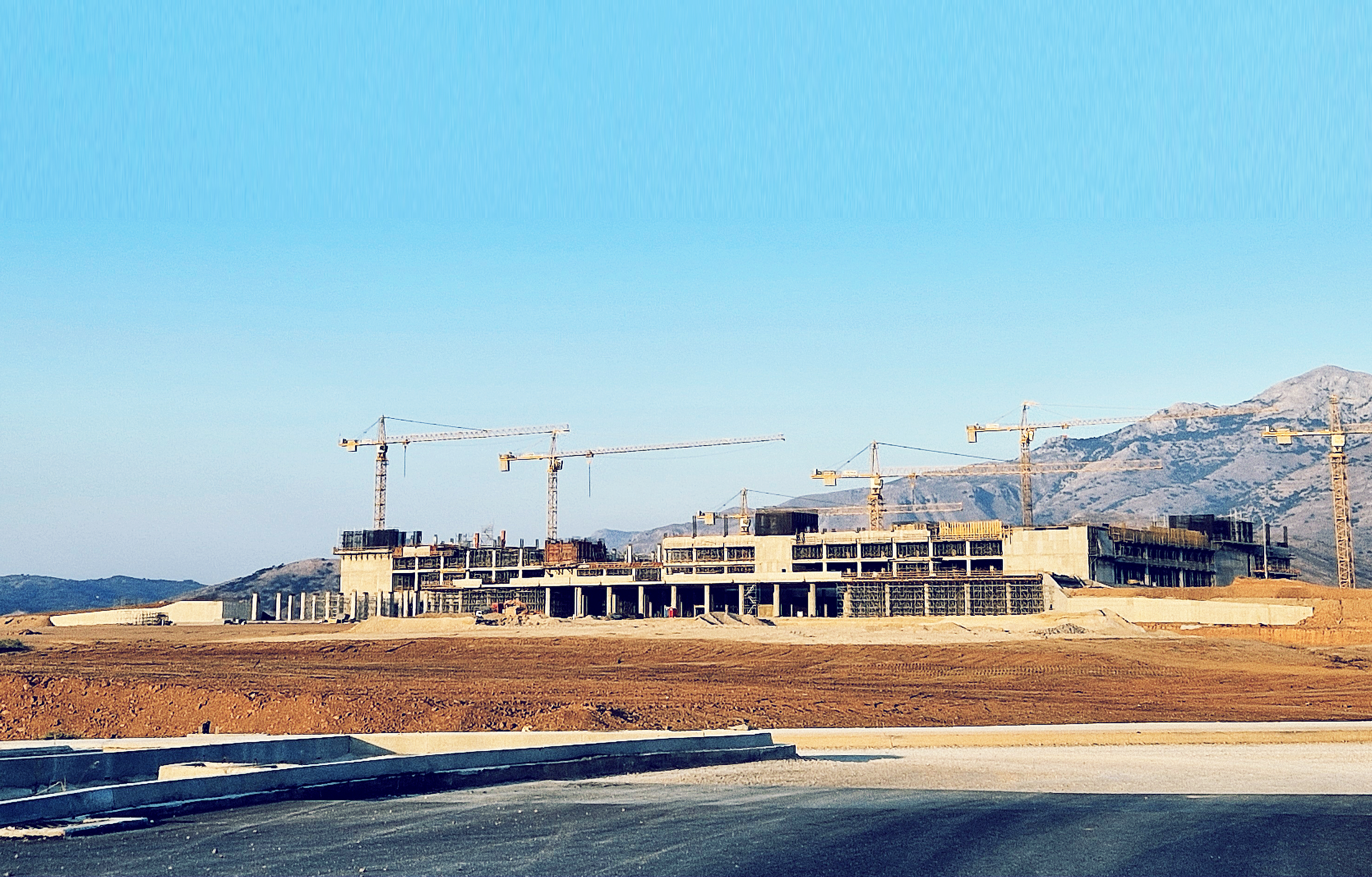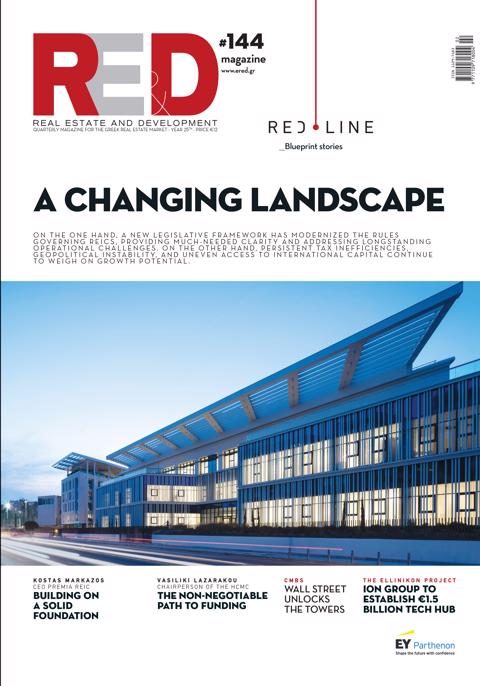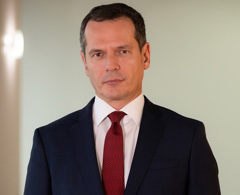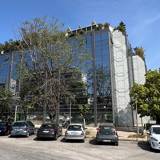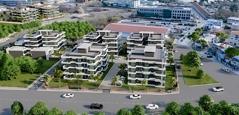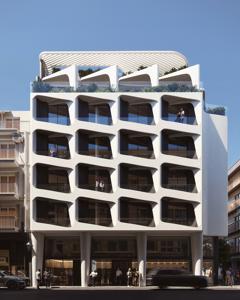The overall progress of the project, which has now exceeded 65%, was presented yesterday (18/11) to journalists by executives from the construction company TERNA and the management of the Heraklion International Airport of Crete (HIA), which oversees the entire development of the project.
The new airport will replace the current “N. Kazantzakis” Airport and is being constructed according to modern technical and operational standards, designed to meet both current and future air traffic needs.

The project is designed to achieve LEED Silver environmental certification, which requires high-quality materials, smart construction choices, and enhanced energy efficiency. In this context, the roofs of the terminal, auxiliary buildings, and parking canopies will be fitted with photovoltaic panels, and organized solar parks are also planned for the surrounding area. As a result, a significant portion of the airport’s energy consumption will be supplied by “clean” energy — a particularly rare practice for aviation infrastructure of this scale.

The overall progress of the project, which has now surpassed 65%, was presented yesterday (18/11) to journalists by executives of the construction company TERNA and the management of the Heraklion International Airport of Crete (HIA), which oversees the entire development of the project.
The new airport will replace the current “N. Kazantzakis” Airport and is being constructed according to modern technical and operational standards, designed to meet both current and future air traffic needs.
The project is planned to achieve LEED Silver environmental certification, which requires high-quality materials, smart construction choices, and enhanced energy efficiency. In this context, the roofs of the terminal, auxiliary buildings, and parking canopies will be equipped with photovoltaic panels, and organized solar parks are also planned for the surrounding area. As a result, a significant portion of the airport’s energy consumption will be supplied by “clean” energy — a particularly rare practice for aviation infrastructure of this scale.
The new airport is expected to serve 9.5–10 million passengers annually in its initial phase, with potential expansion to 15 million and the prospect of reaching up to 20 million in the future. Additionally, it will be capable of handling flights from markets currently not served, such as the U.S. and Canada, generating new high-value tourism flows.
A Major Real Estate Project
The transition from the current airport to the new facility will take place overnight, as was the case with the move to “Eleftherios Venizelos” Airport. This is an extremely demanding operation requiring coordination among dozens of services — airlines, customs, baggage systems, ground handling, and security. Preparation is estimated to take approximately twenty months and has already begun, while the actual transition will occur during a period of low passenger traffic. Globally, such operations are rare: only five or six comparable cases have been carried out, making this new Greek effort particularly significant.
The decommissioning of “N. Kazantzakis” Airport will free up an estimated total area of approximately 2,573,000 sq.m., valued at over €1.5 billion. The property of the former “N. Kazantzakis” Airport is considered strategically important, and the Ministry of Infrastructure and Transport has committed to the European Investment Bank to its development, with clauses tied to the progress of projects and loan disbursement stages.
The project’s maturation, the preparation of a study on alternative uses of the site, the definition of strategic direction, clarification of ownership status, and creation of an administrative structure have already been assigned to the Hellenic Republic Asset Development Fund (HRADF/TΑΙΠΕΔ) by decision of the Governmental Committee for Strategic Contracts (GCSC) as of March 1, 2022.
The Ministry of Infrastructure and Transport has been designated as the beneficiary, and available funding sources, such as the NSRF (ESPA) and the EIB, will also be explored. On June 11, 2024, the GCSC approved the preparation of a feasibility study.
On July 24, 2024, during a related discussion in Parliament, the then Minister of Infrastructure stated that HRADF had already, since June 11, 2024, issued a call for proposals for technical and legal advisors, aiming for a full assessment of the current situation and the creation of a unified maturation plan. Proposals were submitted on June 26, 2024, and are currently under evaluation.
Regarding ownership, of the 2,573,000 sq.m., 2,219,774 sq.m. belong to the Ministry of National Defense, 253 sq.m. to the Ministry of Infrastructure and Transport, while further investigation is required for the remainder.
